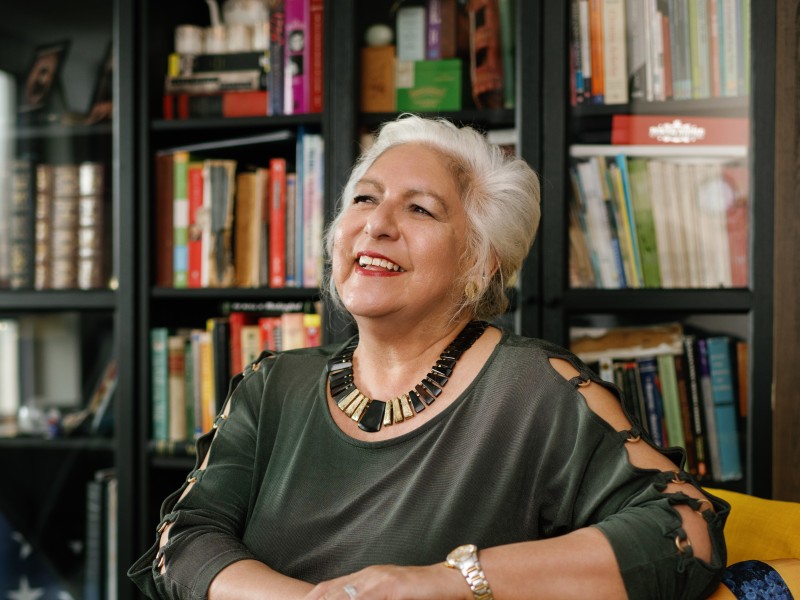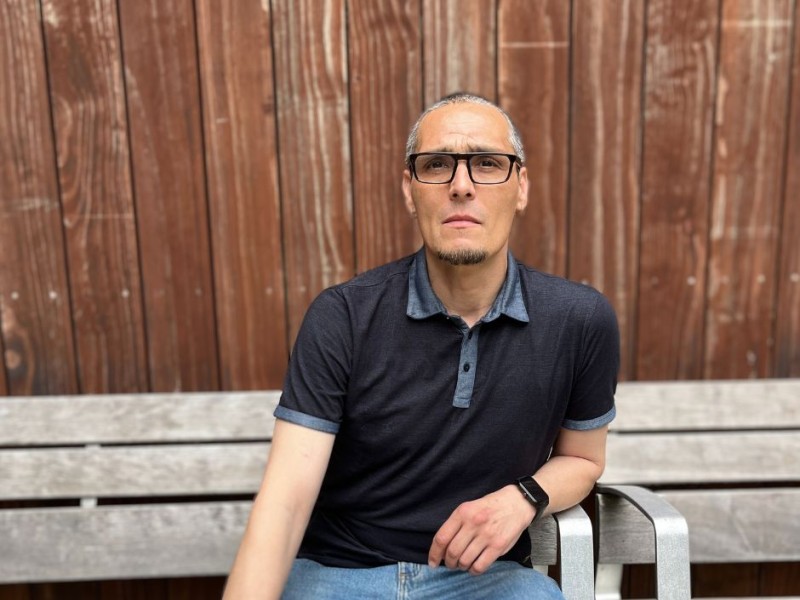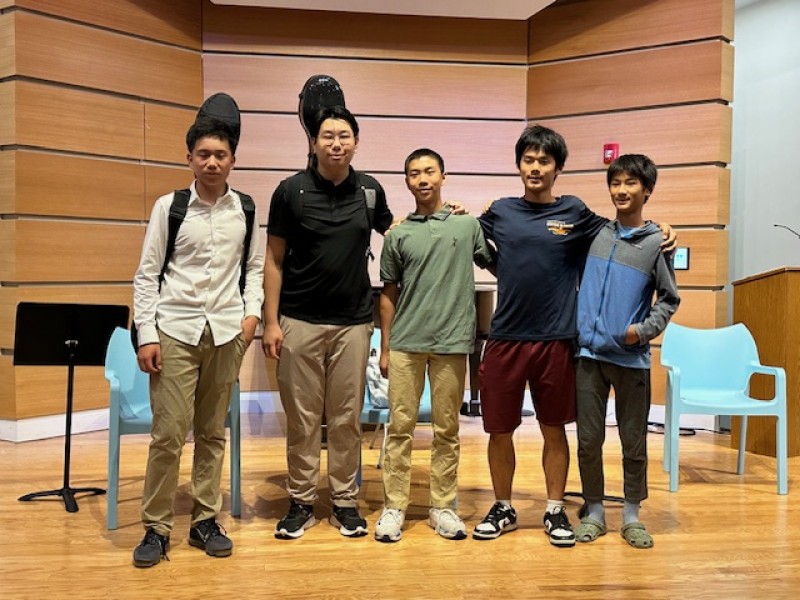Decoding affordable housing: Applying for income-restricted housing

If you have read the first three blogs in our “decoding affordable housing” series, you are getting comfortable with key terms and trends, have a basic understanding of how housing needs shift as people age and their financial and health status changes, and know that although in many ways it’s a great state to live in, aging in Massachusetts has its challenges.
Here, we bring it home, so to speak. You may be wondering whether you qualify for subsidized housing, or whether a family member does. And then, if you do qualify, what does the application process look like?
First, an introduction
The easiest way to get started is to introduce Jill Ouillette, 2Life’s Director of Compliance and Operations Support. Her passion is helping unpack the complex process of finding, applying for, and acquiring subsidized senior housing at 2Life, but she does what she can to direct people to resources beyond 2Life as well. Her, and the team’s, job entails lots of number crunching — determining what portion of the rent residents should pay and what portion state or federal agencies should pay. Finally, they manage the entire rent payment process.
Jill began her career in affordable housing during college and never looked back. Over the years, she gradually took on roles with increasing responsibility at different organizations. It’s a job she is quick to tell you that she loves. Her favorite part is “building something from the ground up,” which feels about right for someone working for an affordable housing developer, owner, and operator.
Determining where you want to live
Imagine that you are the one starting down this path. Someone like Jill is going to be an essential resource. As she describes it, "It’s a sensitive process to work with an applicant’s financial circumstance to determine whether they qualify for a particular subsidy program, gather and interpret the necessary documents, screen them for eligibility and suitability, and get to the point where we can make an offer for a new home.”
The path looks pretty similar from organization to organization. If you want to live at 2Life, for example, first you need to think about which of 2Life’s 11 communities would work best for you, and then do some initial assessment of whether your annual household income is under the required income limit for your desired communities. Your annual income is typically your Social Security benefit and/or your pension, if you get one, along with the interest or dividends you receive on your investments.
We have developed a tool that helps prospective residents with this process. For the most part, you or someone else in your household also needs to be 62 years old or older, but some apartments are available for younger individuals with disabilities requiring an accessible unit.
2Life does not host open houses, but if you are getting close to the top of the waitlist for a specific location (more on this below), you may request a tour.
If you would like to search statewide for affordable senior housing offered by other entities, click here.
Getting on the waitlist
The next step is filling out a pre-application, which will put you on the waitlist for a spot. 2Life’s pre-application is here, so you can take a look at all the information we need for the assessment process. It looks a little daunting, but staff are happy to walk you through its completion. If you need the document translated into another language, or if you have a disability that makes another format (e.g., large type) preferable, Jill’s office can help.
You will need to provide documentation of your income, such as a benefit verification letter from the Social Security Administration, and bank statements. This isn’t like a college application: You’re not being judged by the strength of an essay or how many activities you participate in. It’s all about developing an accurate, complete picture of your financial status.
After 2Life receives your completed pre-application, it will make a preliminary determination of eligibility based on program and property criteria. If your household appears to be eligible for housing, your household will be placed on a waitlist.
The wait, and then the apartment
After submitting your application, it’s time to wait. It can take five to seven years for your name to come up. Some properties give priority waitlist placement if you meet specific criteria, such you are currently displaced or a victim of domestic violence. Jill encourages people to put themselves on as many waitlists as possible to increase their chances of success. Watch carefully for annual letters from 2Life asking you to confirm your continued interest and update your financials if there have been any changes.
When your name nears the top of a waitlist, you will be contacted to provide additional information for eligibility, screening, and suitability. If your household does not appear to be eligible at this time, you will receive a letter denying your pre-application. You do have a right to appeal this decision, and you will receive instructions about the appeal process if you choose to go this route.
If you are eligible, you will need to act quickly when you are notified of an available apartment. We strive to provide 30 to 60 days to prepare for your move — for example, notifying your current landlord, finding movers — before moving into your new 2Life home.
What will your rent be? In some cases, your household income may be adjusted by your out-of-pocket medical expenses, and your rental share is approximately 30% of that number — 30% because the regulations determine that’s the amount of your budget that you should be spending on housing to allow you to accommodate all your other budget expenses. Your portion of the rent will likely change modestly every year as circumstances change.
The new-building lottery
For new buildings, the process is different. Most importantly, the waiting period is much shorter: six to ten months on average during the initial filling of the building.
Like other operators of income-restricted communities, 2Life uses a lottery system to ensure the fairest process for determining who the future residents will be, as all applicants are considered to have applied at the same time. Staff typically accept 1,000 applications for each new community, with all the same eligibility processes in place. 2Life communities range quite a bit in size, with the smallest (Shirley Meadows in Devens) having 58 apartments and the largest (Golda Meir House in Newton) having 267, so the lottery odds can change quite a bit.
Jill plays a key role in how to meet the specific requirements of each new 2Life community, factoring in things such as the number of apartments that need to be leased and the multiple subsidy programs that are applicable and available to assist residents with rent. She also oversees the entire lottery process, making sure that 2Life remains in compliance with all fair housing regulations and markets apartments appropriately so as many people as possible know they are available. And you’ll see Jill and the team at information sessions for the new community, open to all, patiently explaining how the process works and offering up the individualized help of both herself and her team.
To learn more about 2Life communities in development, click here. On each project’s dedicated page, you can also sign up for email updates, so you will be the first to hear when this process begins.
“A rare and precious gift”
There’s a reason Jill has been doing this work for decades. “It’s like putting pieces of a puzzle together,” she says. “There are many careful and complex steps to be taken before extending an offer for a beautifully constructed apartment, all utilities included, within a program- and services-enriched environment, that will remain affordable for the rest of their lives! It can feel like I am personally bestowing this rare precious gift to a very fortunate few.”
Coming up …
Finding the right affordable senior housing development takes research, persistence, and a fair amount of patience. But once older adults find an affordable apartment, they tend to stay. The most common reason for moving is the need for a higher level of care, such as assisted living or a nursing home. With its service-enriched model, 2Life’s focus is keeping people in their homes as long as possible. Just 2% of our residents transition to a nursing home each year, and when they do, it’s at an average age of 88, compared to a national average of 79.
In the next post in this series, we’ll take you through some additional resources that may be helpful to you or a family member as you take this journey.


